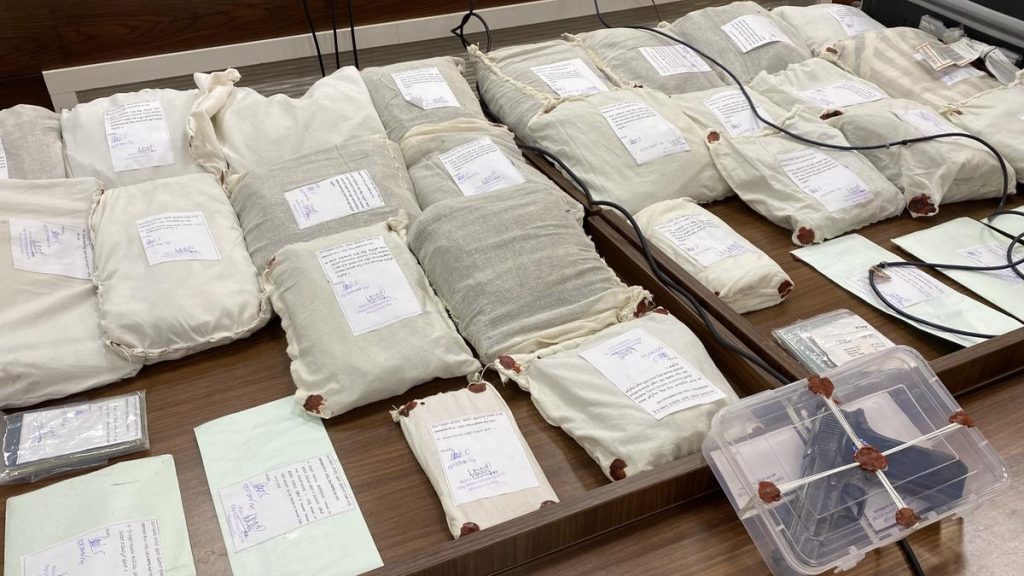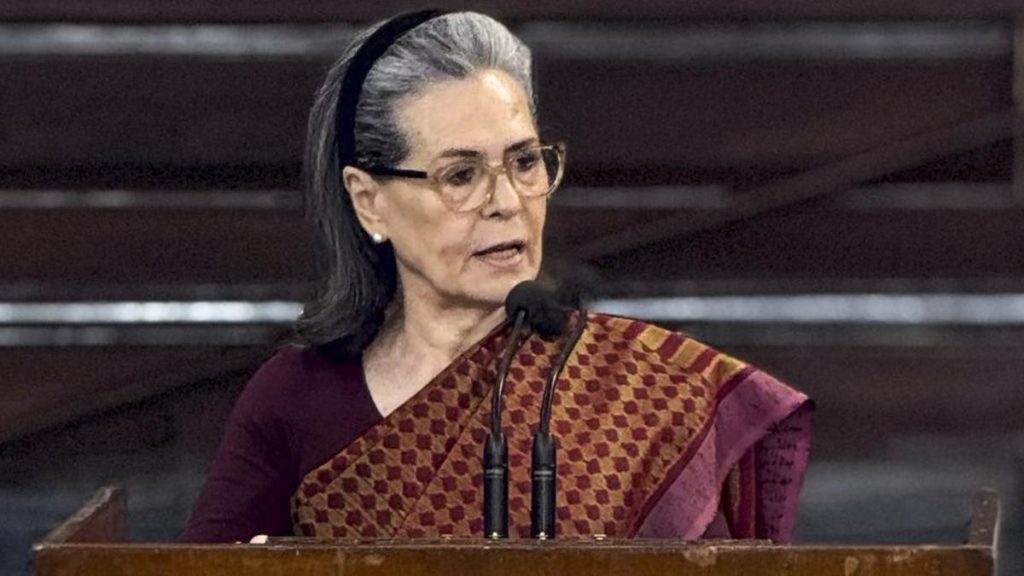Now Reading: NDRF, SDRF Teams Deployed in Eluru as Godavari River Rises
-
01
NDRF, SDRF Teams Deployed in Eluru as Godavari River Rises
NDRF, SDRF Teams Deployed in Eluru as Godavari River Rises
Rapid Summary
- Godavari River flooding has affected over 900 families in Velerupadu and Kukunoor mandals of Eluru district, Andhra Pradesh.
- National Disaster Response Force (NDRF) and state Disaster Response Force (SDRF) teams have been deployed; 60 NDRF personnel are actively aiding teh relief effort.
- Flood alerts were issued, urging residents in vulnerable villages to evacuate to relief camps and Rehabilitation & Resettlement (R&R) colonies.
- At 7 p.m., the water level reached 41 feet at Bhadrachalam and stood at 31.430 metres at Polavaram Project; the Irrigation Department discharged approximately 7.43 lakh cusecs downstream by lifting 48 gates.
- Jangareddygudem Revenue Divisional Officer M.V.Ramana stated boats are being used for evacuation from cut-off areas due to overflow from Yeddu Vaagu stream, with additional boats stationed near other vulnerable zones.
- District Collector K. Vetriselvi instructed officials on flood duty to supply rice, vegetables, edible oil, and other essentials to flood-prone villages while relocating residents were needed.
Indian Opinion Analysis
The ongoing floods along the Godavari River highlight a recurring challenge for India during monsoon seasons-effective disaster preparedness in high-risk zones like Velerupadu and Kukunoor mandals frequently enough requires swift coordination among local authorities, disaster response teams like NDRF/SDRF, and community involvement. The deployment of resources such as evacuation boats signifies proactive measures aligning with established protocols but also underscores the vulnerability of tribal villages which remain cut off during extreme weather events.
Critical efforts by revenue officials including supply distribution represent a crucial step in ensuring not only immediate relief but also the mitigation of long-term effects such as food insecurity or displacement-related hardships for affected families. Monitoring mechanisms maintained round-the-clock suggest heightened vigilance from authorities but may also call attention to broader infrastructure challenges tied to flood management systems like those functioning at Bhadrachalam or Polavaram Project.
strengthening these operational frameworks amidst increasingly erratic climate patterns remains pivotal-not solely for addressing immediate crises but for fostering resilience among communities living along major rivers prone to annual flooding cycles.























